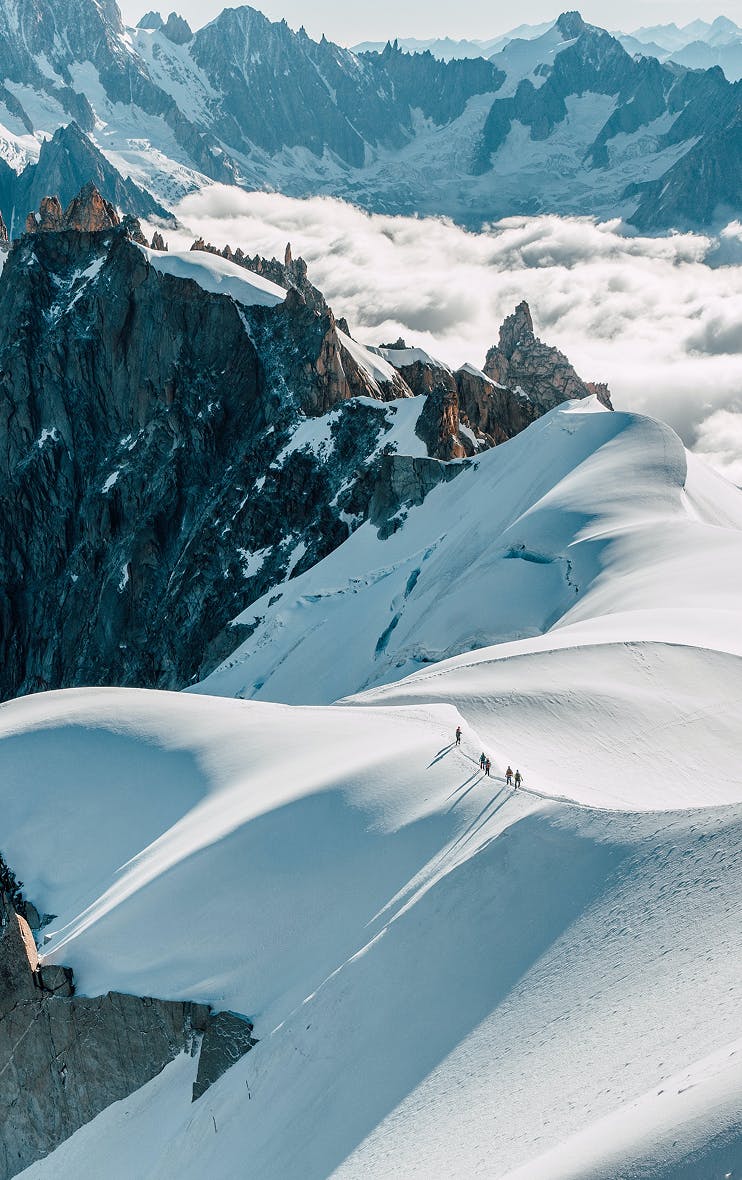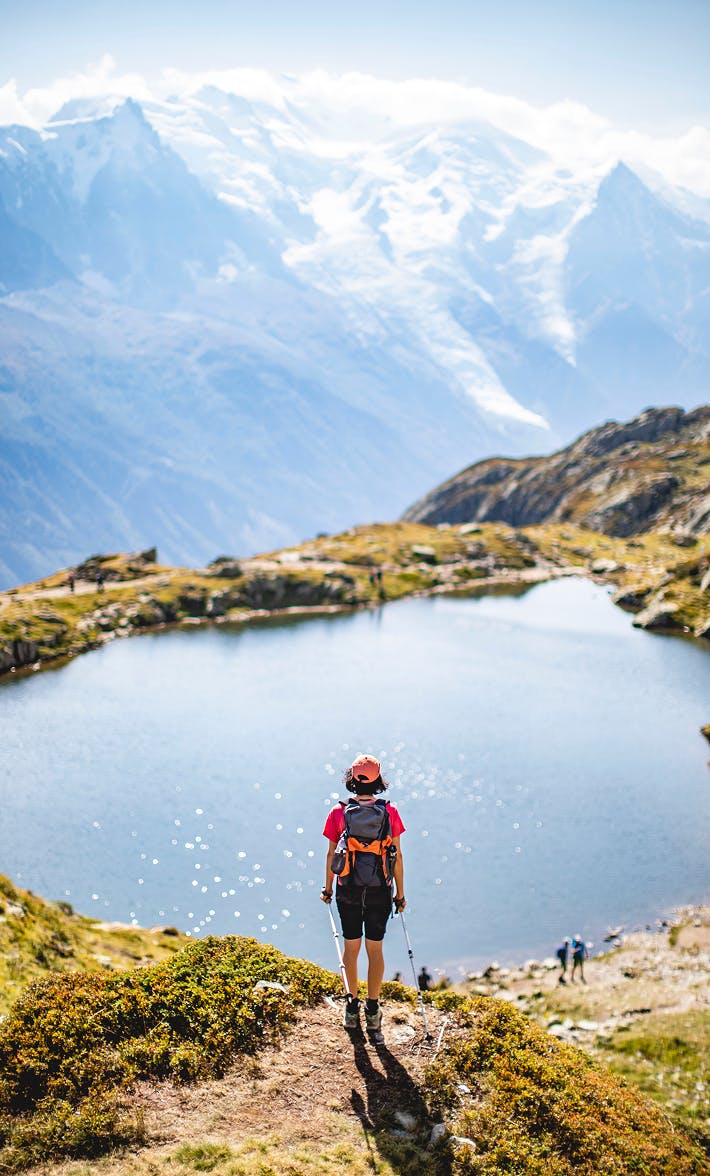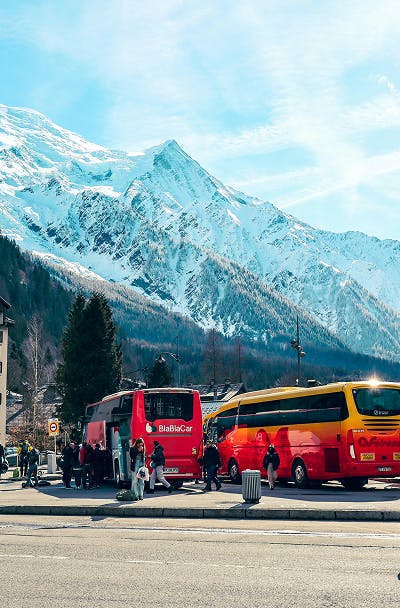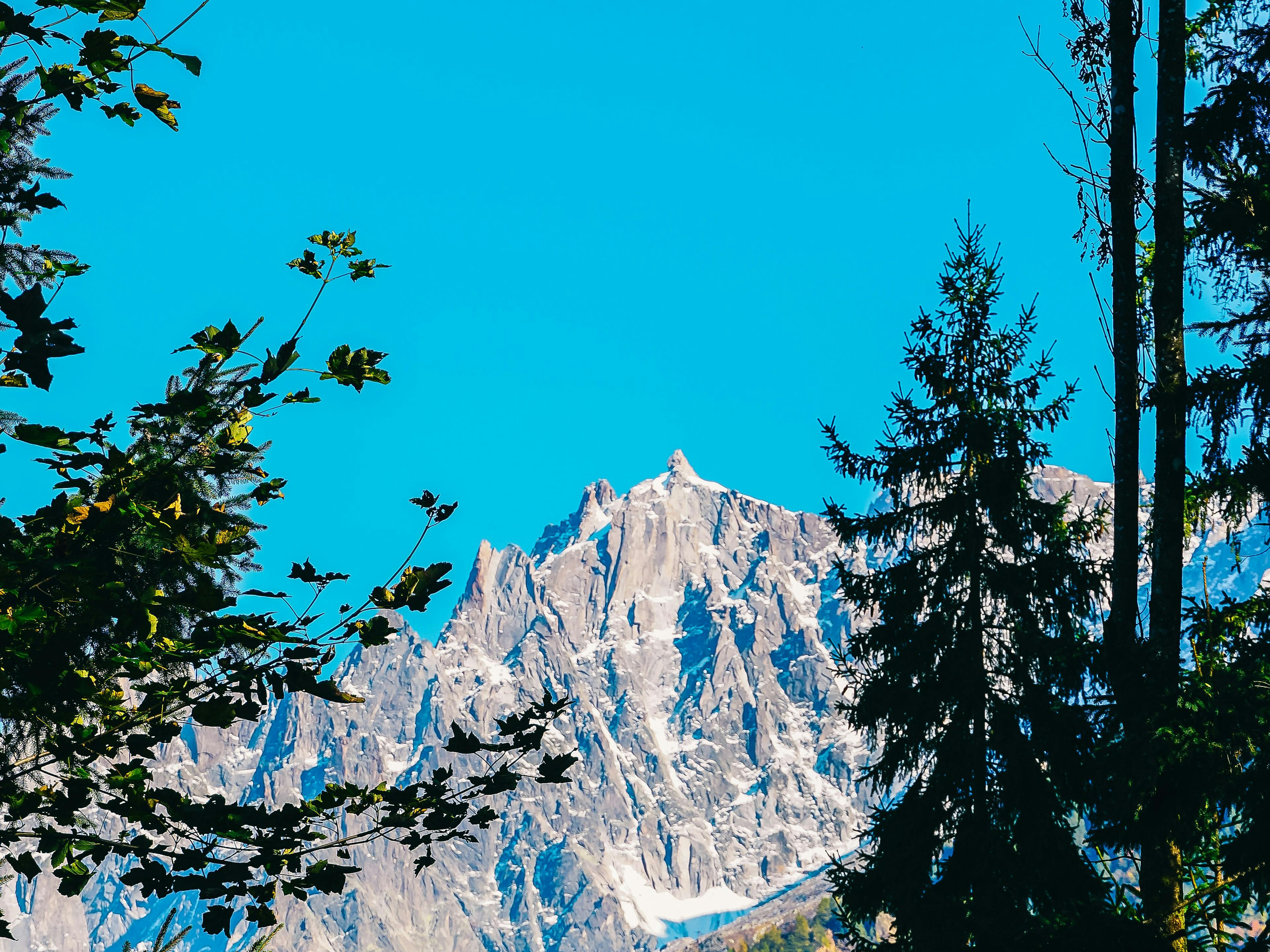
Les Houches
Discover our favorite activities
 0°C
0°C0%

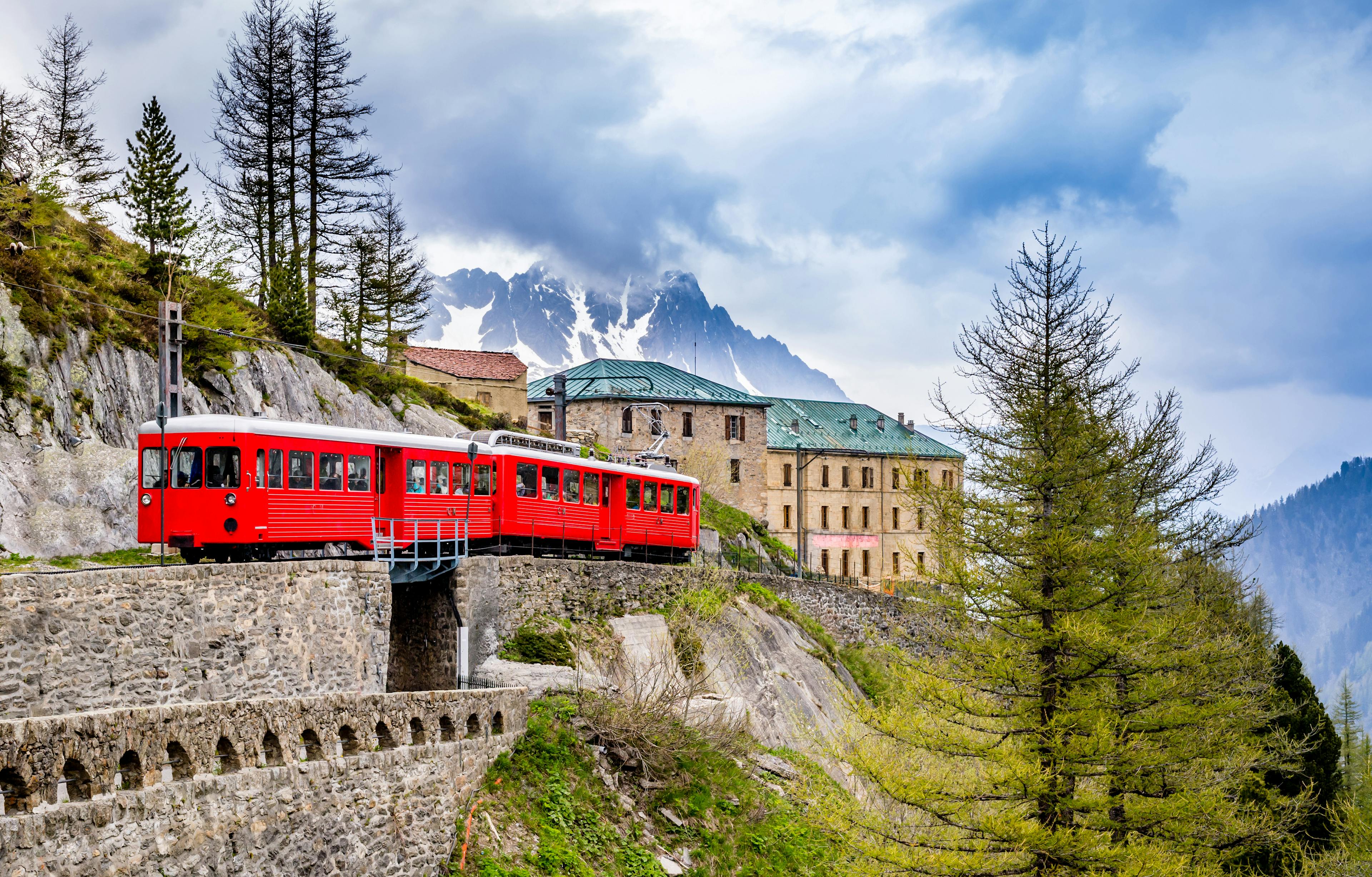
Reserve your activities directly
Activities for children, hiking, climbing, skiing and much more can be booked in advance via our partners website. Reserve directly, or get in contact with them for more information.
History of Les Houches
Nestled in the heart of the Mont-Blanc massif, this family resort, with its string of hamlets, respects the traditional image of a mountain holiday. The moments are intense, sporting or contemplative, and memories are forged to the rhythm of your desires...
Between 8500 and 5000 BC, the territory of Les Houches - from the Celtic Olca, meaning plowable land - was the first to be freed from the glacier, which still covered the entire upper Arve valley to a depth of 1500m. The Romans, who subdued the Celtic Allobroges in 122 BC, settled in Passy until the. century. They took no interest in the upper Arve valley above Servoz.
Over the next four centuries, a worsening climate led to the depopulation of the Chamonix valley.
In 1355, the Chamonix Priory, like the rest of Faucigny, became part of the Savoy family, which founded the Kingdom of Piedmont-Sardinia in 1718. In 1519, the canons of the Collegiate Church of Sallanches became the new lords of the upper Arve valley, and remained so until Savoy was annexed to revolutionary France in 1792.
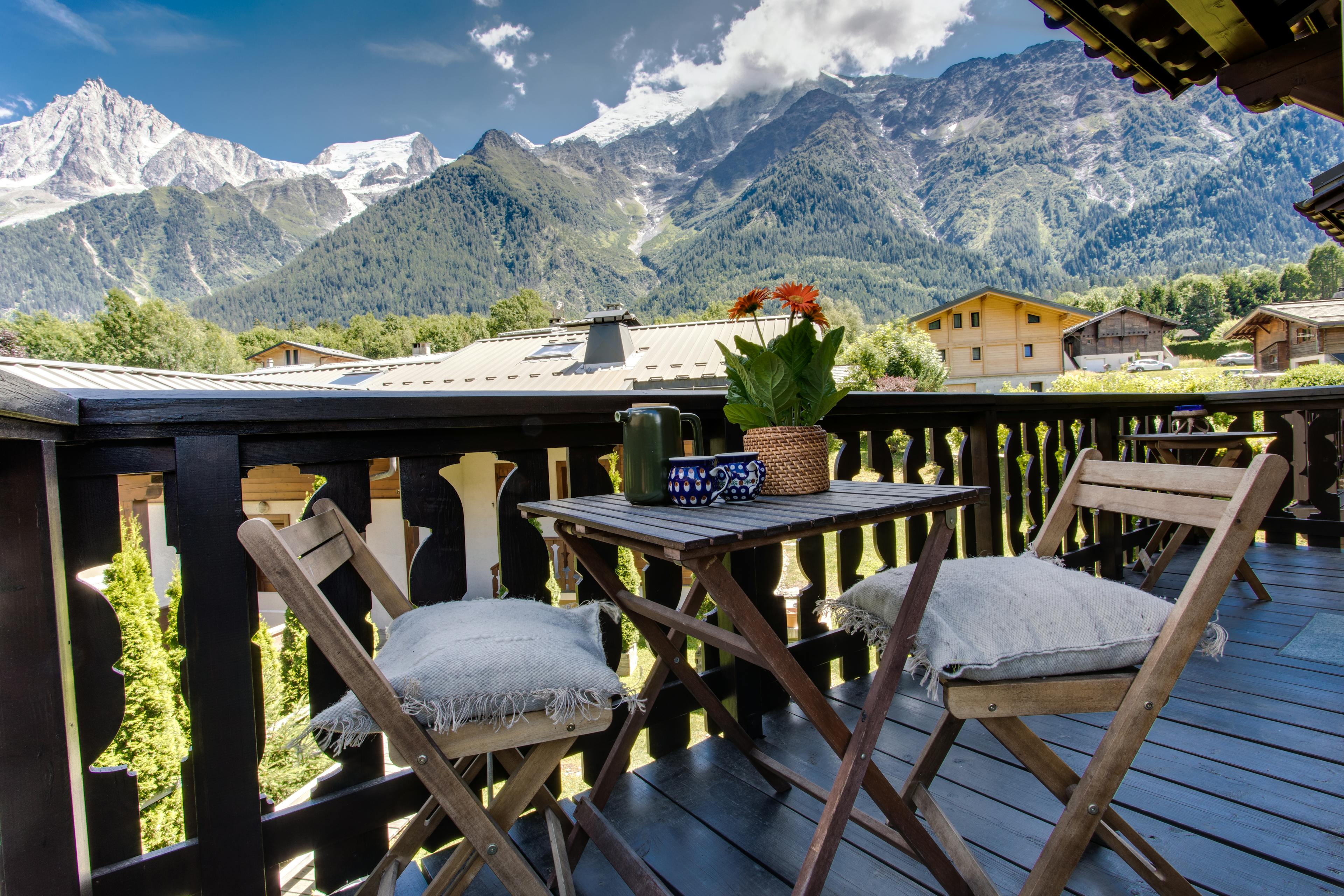
At the beginning of the 18th century, the community of Les Houches, then composed exclusively of peasants, asked to be separated from the parish of Chamonix. It had depended on this parish since the creation of the Priory. It became an independent parish with the construction of the Baroque church around 1730, then a communal territory with its own administration in 1787.
At the same time, the first tourists from Geneva passed through Les Houches to visit the "Glacières" (glaciers) of Chamonix. Farming conditions remained harsh in the village, and many Houchards emigrated to larger French cities, or even across the Atlantic. The growing development of tourism in Chamonix did not yet concern them in the middle of the 19th century.
They were not admitted to the Chamonix mountain guide company, which had been created in 1823. The major construction projects of the following decades were to accelerate the transformation of rural society.
The construction of the new Le Fayet - Chamonix road (1860-70) and above all the arrival of the train in 1901 encouraged the development of summer tourism: Les Houches became a small resort. The first hotels were built and the first secondary residents settled in. After the First World War, this trend continued. The resort also opened up to winter tourism with the construction of the Les Houches - Bellevue cable car in 1936-37. From the 1960s onwards, the intensification of tourism development led to a building boom, the creation of new ski lifts and the development of the Chavants leisure park. The breakthrough of the Mont-Blanc tunnel (1959-65) and the completion of the 2×2 lane Route Blanche (1985-90) opened up the resort-village of Les Houches to Europe.
As Les Houches has close historical links with Chamonix-Mont-Blanc, we also invite you to visit the page dedicated to this destination.
La Verte des Houches
Don't be fooled by its name: La Verte des Houches is not just green, it's big - very big, in fact! Along with the Oreiller Killy piste in Val d'Isère, it's one of France's two World Cup downhill pistes for men. It is considered by the best downhillers to be one of the finest on the circuit.
More than just a slope, it's been a legend since 1947!
Parc Merlet
Perched at an altitude of 1500m above the Chamonix valley, the Merlet mountain pasture first amazes with its breathtaking panorama of the Mont-Blanc massif. Merlet then immerses you in its vast animal habitat, as you enjoy an easy hike through forests and sunny meadows, marked out by its traditional old mountain chalets. The unusual closeness of this area to its many animals is surprising, and almost makes you forget how wild they are.
Mont Blanc Escalade
Renowned climbing gym offering 120 routes (14m high) and boulders. Difficulties from 4 to 8A.
